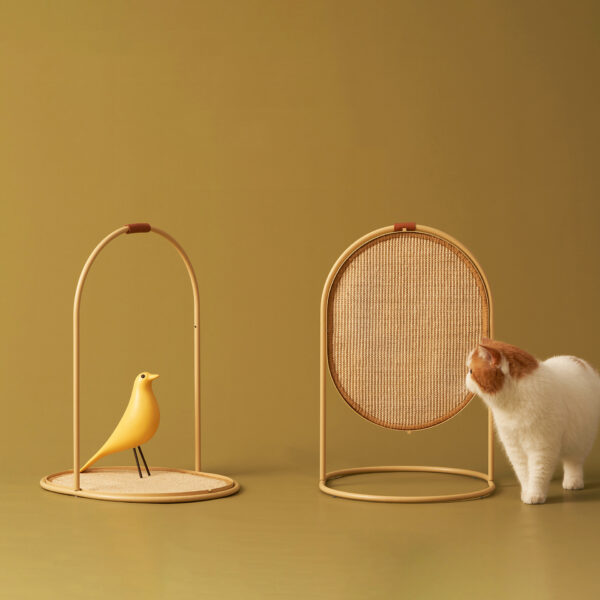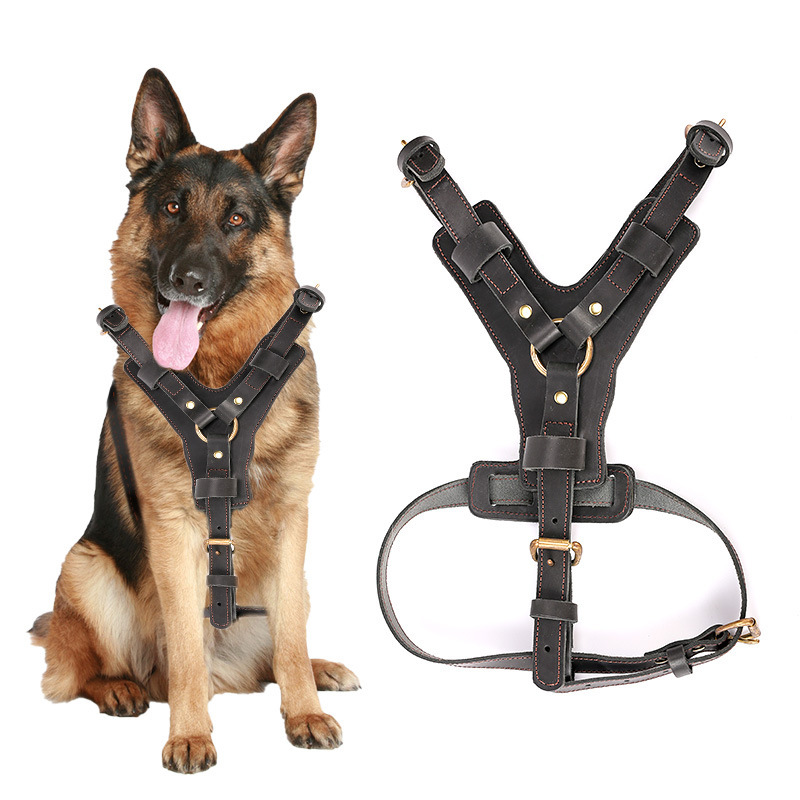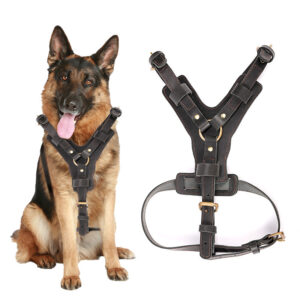
Discount up to 35% for first purchase only this month.
Account


When it comes to pet ownership, ensuring the comfort and safety of our furry companions is a top priority. One essential accessory that every pet owner should consider is a high-quality collar. Not only do collars serve practical purposes, such as holding identification tags and leashes, but they also allow pet parents to express their furry friends’ personalities. This article explores the importance of stylish and durable pet collars, the various types available, and tips for selecting the perfect collar for your beloved pets.
A collar is more than just a fashionable accessory; it plays a crucial role in your pet’s safety and well-being. Here are some key reasons why investing in a quality collar is essential:
One of the primary functions of a collar is to hold identification tags that include your pet’s name, your contact information, and any important medical details. In case your pet gets lost, a collar with visible identification can help reunite you quickly. In many regions, it’s also a legal requirement for pets to wear collars with identification.
A collar is vital for training and controlling your pet, especially during walks. A well-fitted collar allows you to attach a leash securely, providing you with the control necessary to keep your pet safe from potential dangers, such as traffic or aggressive animals.
Durable collars designed with your pet’s comfort in mind will not only last longer but will also ensure that your furry friend feels good wearing them. A well-fitting collar reduces the risk of chafing and discomfort, allowing your pet to move freely and enjoy their daily activities.
Just like clothing for humans, collars are an opportunity for pet owners to showcase their pets’ personalities. With a vast array of colors, designs, and materials available, finding a collar that reflects your pet’s unique style is easy. From playful patterns to sleek leather options, the possibilities are endless.
When selecting a collar for your pet, it’s essential to consider the various types available, as each serves a different purpose. Here are some popular types of pet collars:
Flat collars are the most common type and are ideal for everyday use. They are typically made of nylon, polyester, or leather and come in various colors and patterns. Flat collars are suitable for most pets and can hold ID tags and leashes securely.
Martingale collars, often referred to as limited-slip collars, are designed to prevent pets from slipping out of their collars. They tighten slightly when pulled, providing added control without choking your pet. These collars are particularly useful for dogs with narrow heads, such as Greyhounds.
Choke collars are typically used in training scenarios. However, they should be used with caution and only under the guidance of a professional trainer. These collars tighten around the neck when pulled, but improper use can lead to injury, so they are not recommended for everyday wear.
Breakaway collars are designed for cats and some dogs. They feature a safety mechanism that allows the collar to release when it gets caught on something, reducing the risk of choking or injury. These collars are especially important for outdoor cats.
While not technically collars, harnesses are essential for some pets, especially those that pull on the leash. They distribute pressure evenly across the body, making walks more comfortable for your furry friend. Many harnesses also come with built-in collars for added convenience.
For evening walks, LED collars provide an extra layer of safety by making your pet visible in low-light conditions. These collars are equipped with LED lights that can be set to different flashing modes, ensuring your pet stands out during nighttime strolls.
When selecting a collar for your pet, several factors should be considered to ensure you make the best choice. Here are some tips to help you find the perfect collar:
Before purchasing a collar, accurately measure your pet’s neck to find the right size. Use a flexible measuring tape and add an extra inch to ensure a comfortable fit. Most collars have adjustable features to accommodate different neck sizes.
Choose a collar made from durable materials that can withstand wear and tear. Nylon and polyester collars are often lightweight and resistant to water, while leather collars provide a classic look and can be very durable. Ensure that the material is comfortable against your pet’s skin to prevent irritation.
With so many designs and colors available, have fun selecting a collar that represents your pet’s personality. Whether your pet is playful, elegant, or adventurous, there’s a collar out there that will suit them perfectly.
An adjustable collar is essential, especially for growing pets. Look for collars with multiple holes or sliders that allow for easy size adjustments. This feature ensures that the collar remains comfortable as your pet grows or loses weight.
Safety should be a top priority. If your pet is particularly active or adventurous, consider investing in a collar with safety features such as reflective materials for visibility or breakaway mechanisms to prevent choking.
Before making a purchase, read customer reviews and recommendations to get insights into the collar’s durability and comfort. Other pet owners can provide valuable information about their experiences with specific brands or styles.
Stylish and durable pet collars are essential accessories for any pet owner. They not only serve practical purposes like identification and control but also allow for personal expression and style. By understanding the different types of collars available and following tips for selecting the right one, you can ensure that your furry friend has a collar that is both functional and fashionable. With the right collar, your pet can strut their stuff in style while remaining safe and secure during all their adventures. So go ahead, find that perfect collar, and let your pet show off their unique personality!
To find the right collar size, measure your pet’s neck using a flexible measuring tape. Wrap the tape around the neck snugly but not too tight, and add about an inch to ensure comfort. Most collars have adjustable features, so check the sizing chart provided by the manufacturer to select the appropriate size.
The best materials for pet collars depend on your pet’s needs and lifestyle. Common options include nylon, polyester, and leather. Nylon and polyester are durable and lightweight, making them ideal for everyday use, while leather provides a classic look and can be very durable. Choose a material that is comfortable and suitable for your pet’s activities.
Yes, breakaway collars are designed to be safe, especially for cats. They have a mechanism that allows the collar to release if it gets caught on something, reducing the risk of choking or injury. However, they should be properly fitted and checked regularly to ensure they function as intended.
You should inspect your pet’s collar regularly for signs of wear and tear, such as fraying, fading, or damage to the buckle. Depending on usage, you may need to replace it every 6 to 12 months. If the collar becomes too loose or too tight due to changes in your pet’s weight, it’s time for a replacement.
While regular flat collars can be used for training, specialized collars like martingale or training collars can offer more control. Martingale collars are designed to prevent dogs from slipping out, while training collars help guide dogs during obedience training. However, it’s essential to use these collars under the guidance of a professional trainer to ensure safe and effective training.